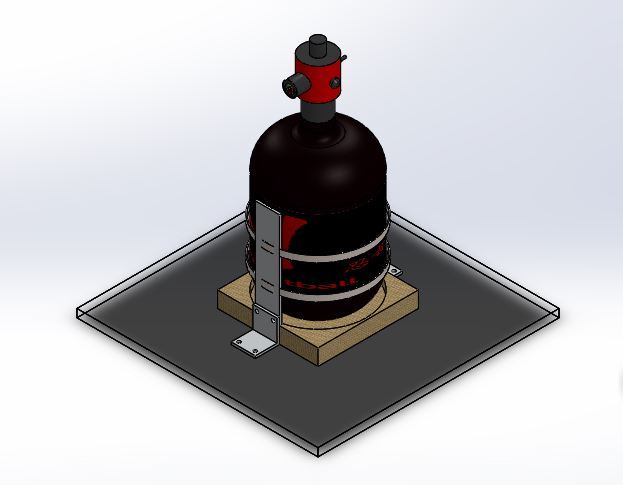Aerograce
Aerospace
- Aug 26, 2015
- 5
Hi all,
Do you have any idea on how to securely mount a compressed air tank to make the structure blast-resistance? i.e. it doesnt fail even the tank explodes. The tank is rated at 4500 psi, 50cu. From what perspectives I can improve my design to secure the tank and analyze the loading in the case of explosion? Thanks a lot if anyone can provide any advice

Do you have any idea on how to securely mount a compressed air tank to make the structure blast-resistance? i.e. it doesnt fail even the tank explodes. The tank is rated at 4500 psi, 50cu. From what perspectives I can improve my design to secure the tank and analyze the loading in the case of explosion? Thanks a lot if anyone can provide any advice

